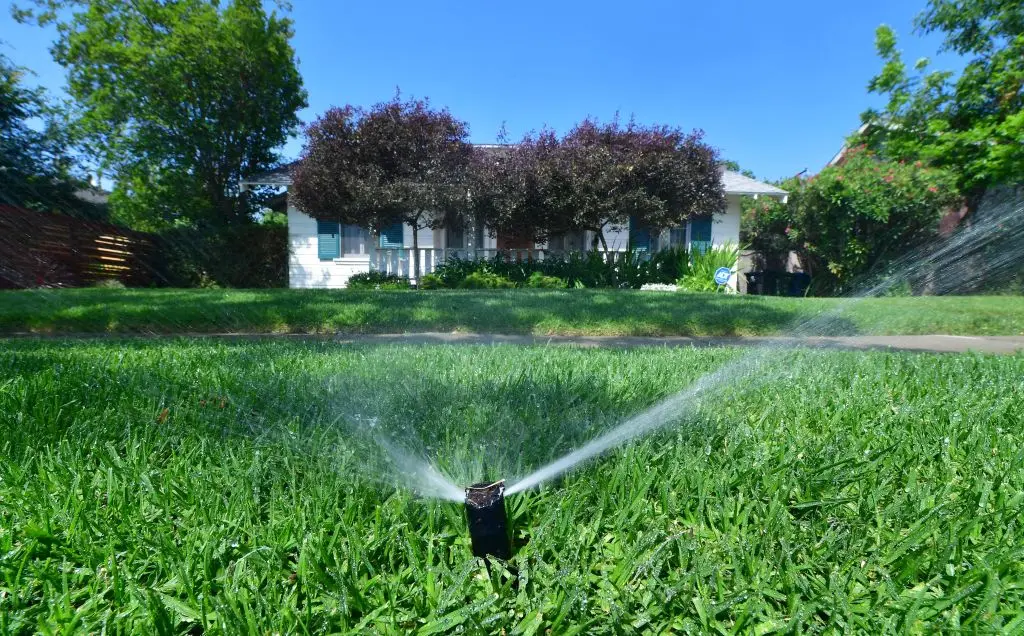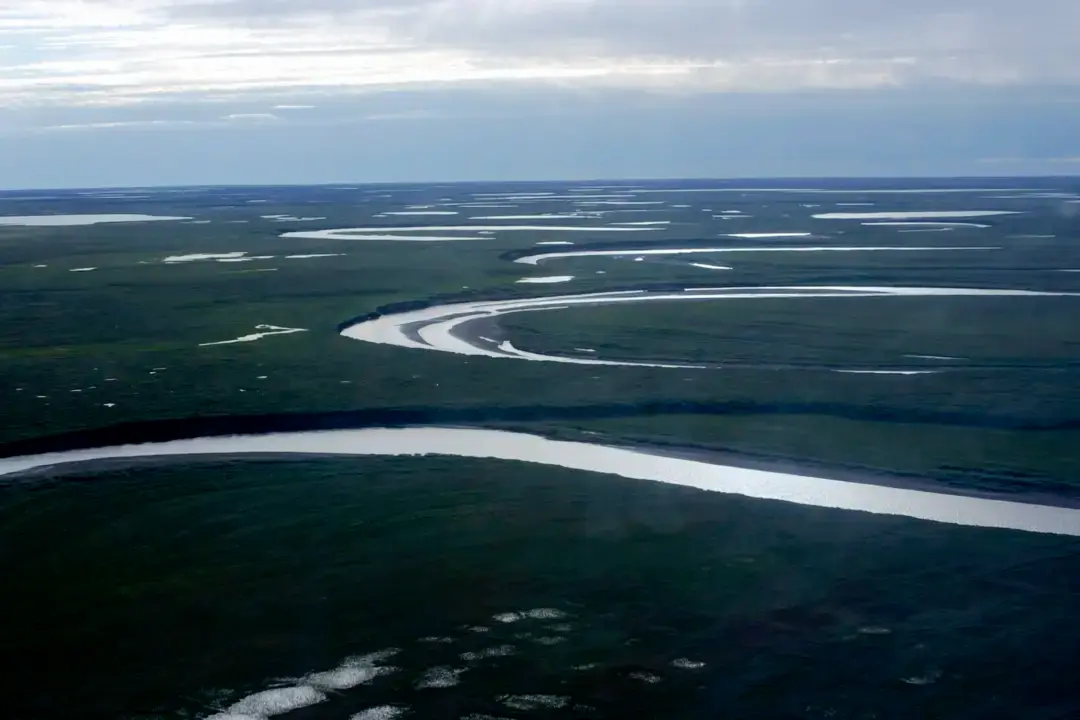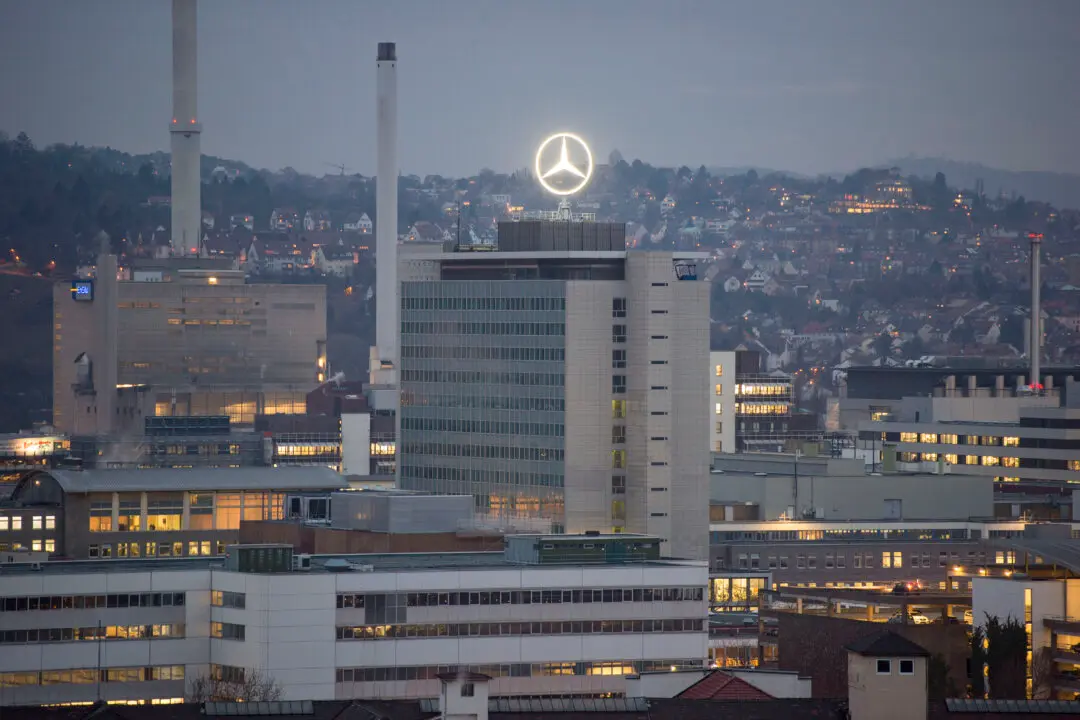California expects water shortages heading into 2023, forcing some urban water providers to plan for further restrictions on outdoor water use, according to a new report issued by the state’s Department of Water Resources (pdf).
Most water districts will be able to make up for expected shortages but three urban water suppliers—including two in Southern California—told the state they will still come up short even after putting more restrictions in place.





